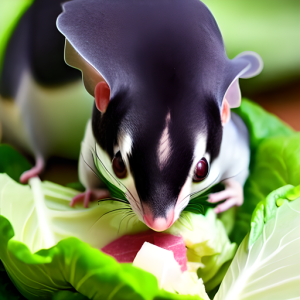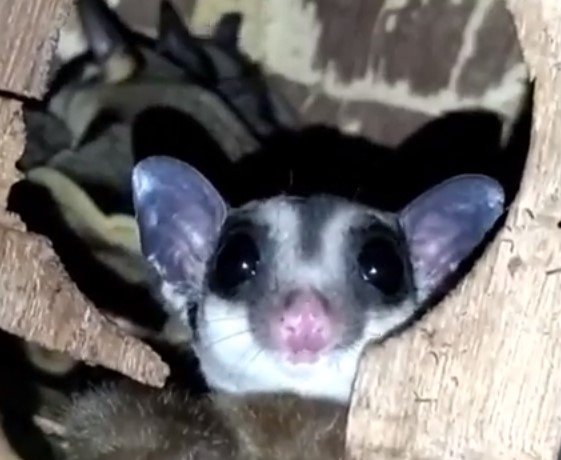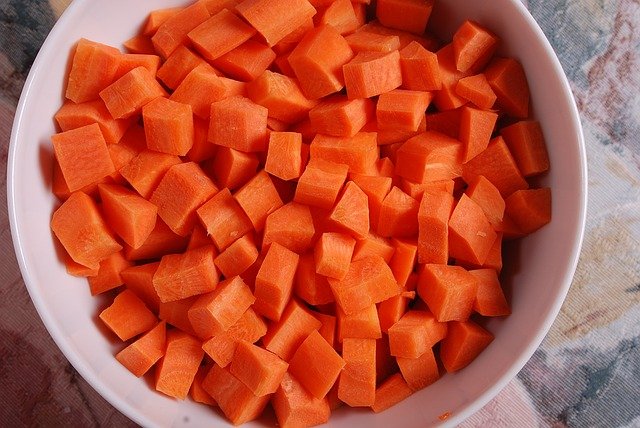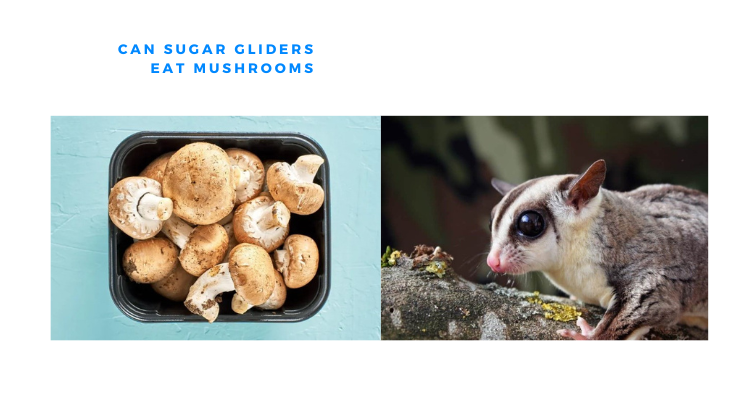Can Sugar Gliders Eat Cabbage
Can Sugar Gliders Eat Cabbage?
The short answer to the question “Can sugar gliders eat cabbage?” is that they can, but it should be given in moderation. While cabbage is generally considered safe for sugar gliders to consume, it is important to be aware of certain factors before including it in their diet. In this article, we will delve into the details of feeding cabbage to sugar gliders and explore its potential benefits and risks.
The Nutritional Value of Cabbage
Cabbage is a leafy green vegetable that belongs to the Brassica family. It is packed with essential nutrients, including vitamins C, K, and B6, as well as minerals like manganese and potassium. The high fiber content in cabbage aids digestion and promotes a healthy digestive system. Additionally, cabbage is low in calories and is a good source of antioxidants, making it a nutritious addition to any diet.

Feding Cabbage to Sugar Gliders
The Benefits of Cabbage for Sugar Gliders
Including cabbage in a sugar glider’s diet can provide various health benefits. The vitamin C in cabbage helps strengthen the immune system, protecting sugar gliders from illnesses and infections. The high fiber content aids in maintaining a healthy digestive system and can prevent constipation. Additionally, the antioxidants in cabbage can help reduce oxidative stress and inflammation in the body.
The Risks of Feeding Cabbage to Sugar Gliders
While cabbage offers several health benefits, it can also pose some risks, especially when given in excess. Cabbage contains compounds called goitrogens, which can interfere with thyroid function when consumed in large quantities. This could potentially lead to thyroid-related issues in sugar gliders. Additionally, cabbage is known to cause gas and bloating in some animals, so it is important to introduce it slowly and monitor your sugar glider’s reaction.
Guidelines for Feeding Cabbage to Sugar Gliders
If you decide to include cabbage in your sugar glider’s diet, it is important to follow some guidelines to ensure their safety and well-being.
1. Introduce cabbage gradually: Start by offering small portions of cabbage and observe how your sugar glider reacts. If they tolerate it well, you can gradually increase the serving size.
2. Balance their diet: Cabbage should be offered as part of a balanced diet that includes a variety of fruits, vegetables, proteins, and a staple sugar glider diet. It should not be the sole source of nutrition.
3. Prepare the cabbage properly: Wash the cabbage thoroughly to remove any dirt or pesticides. Remove the tough outer leaves and chop it into small, manageable pieces before serving it to your sugar gliders.
4. Avoid seasoning or cooking cabbage: Do not add any seasoning or cook cabbage before serving it to your sugar gliders. They should consume it raw to obtain its maximum nutritional benefits.
5. Monitor their reaction: Keep a close eye on your sugar gliders after introducing cabbage into their diet. Watch for any signs of digestive discomfort, such as gas or diarrhea. If they experience any adverse reactions, discontinue feeding cabbage immediately.
Frequently Asked Questions
Q: Can sugar gliders eat other types of vegetables?
A: Yes, sugar gliders can eat a variety of vegetables, including leafy greens like spinach and kale, as well as vegetables like carrots and bell peppers. It is important to offer a balanced mix of vegetables to ensure they receive a wide range of nutrients.
Q: How often should I feed cabbage to my sugar glider?
A: Cabbage should be given as an occasional treat and not as a daily staple. It is best to offer it a few times a week, alongside other vegetables and fruits, to create a varied and balanced diet for your sugar glider.
Q: Are there any other foods I should avoid feeding my sugar glider?
A: Yes, certain foods should be avoided as they can be toxic or harmful to sugar gliders. These include chocolate, caffeine, alcohol, onions, garlic, avocados, and foods high in sugar or salt. It is essential to research and consult with a veterinarian experienced in sugar glider care before introducing new foods.
Final Thoughts
In conclusion, sugar gliders can eat cabbage, but it should be given in moderation as part of a balanced diet. While cabbage offers various health benefits, it should not be the sole source of nutrition and should be introduced gradually. Monitoring your sugar glider’s reaction is important to ensure their well-being. Remember to consult with a veterinarian knowledgeable about sugar glider care to ensure their dietary needs are met. By providing a varied and well-balanced diet, you can contribute to the overall health and happiness of your sugar glider.







